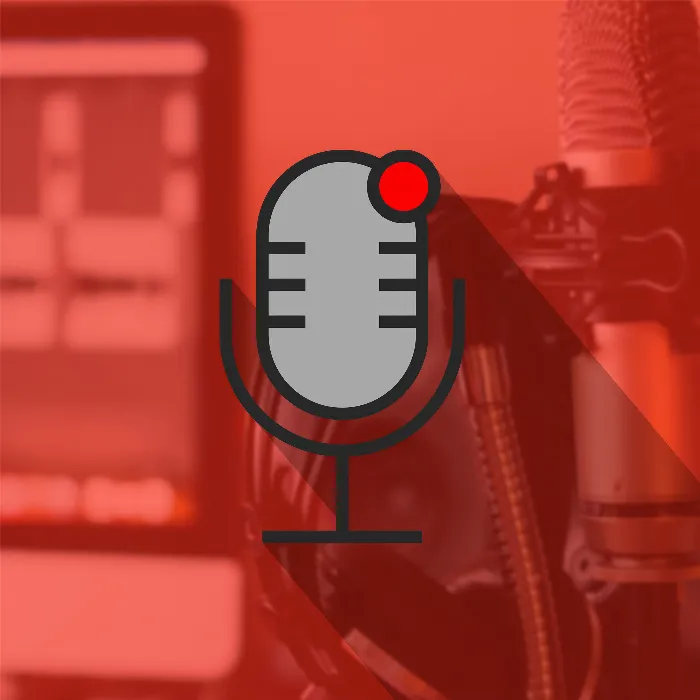Podcasts are becoming increasingly popular, and when creating your own podcast, there are many aspects to consider. The preparation for the recording is a crucial step that is often overlooked. How to prepare optimally to work efficiently and without interruptions during the recording session, you will learn in this guide.
Key Insights
The key points for preparing for the podcast recording include setting up a suitable workspace, checking equipment and sound, choosing the best time to record, personal preparation, and creating useful notes.
Step-by-Step Guide
1. Set up your workspace
The first step in successful preparation for your podcast recording is setting up your workspace. Check if you have a quiet place where you can record undisturbed. Ensure that your microphone and interface are ready for operation. At this point, it is also important to make sure you are not stumbling upon a technical issue that would require a lot of editing later.

2. Check your equipment
Before starting the actual recording, pay special attention to your equipment. Nothing is more annoying than deleting a whole video just because the microphone wasn't working correctly. Make a short test recording of 10-20 seconds to ensure everything is working flawlessly. Pay attention to the volume of the sound and ensure the bass is not accidentally switched off. This short investment in the equipment can save a lot of time later on.

3. Choose the right recording time
Consider when the best time for your recording is. If you record during heavy traffic, there may be environmental noises that disrupt the recording. People honking or dogs barking might be heard. To avoid this, choose quieter times, especially if you are recording in the morning or afternoon. Make sure that other disruptive factors like traffic align with your recording sessions.
4. Personal preparation
It is important to personally prepare for the recording as well. Be aware that you may be speaking for 60 minutes or longer. Therefore, it is advisable to schedule bathroom breaks before the recording and ensure you have enough to drink. Always keep a glass of water at hand, ideally with a larger bottle nearby to avoid interruptions. This way, you can quickly take a sip during the recording without disturbing it or having to pause for too long.
5. Take notes
Make sure you have a guide during the recording. Create notes to help you present the content in a structured manner. These notes do not have to be detailed; they can be in the form of bullet points or just keywords that outline the main topics. This way, you always know what you want to talk about next and stay focused. Notes also make it easier for you to flexibly address the topics during the recording.

6. Create a checklist
To make sure you don't forget anything, a checklist can be helpful. Be strategic about it: consider which points are really important for successfully conducting your recording. You might have notes, technical checklists, or personal preparations. With this list in hand, you can finally proceed with the implementation.

Summary
In this guide, you have learned how important preparation is when recording your podcast. Well-thought-out workspace design, careful technical checks, choosing the best recording times, personal preparations, and meaningful notes can make the difference between a successful and a frustrating recording. Use the steps learned to create your podcast successfully.
Frequently Asked Questions
How do I set up my workspace for podcast recording?Make sure you have a quiet place with well-functioning technology and everything is within reach.
What should I check before recording?Check if your microphone is working, the software is set up correctly, and the volume is appropriate.
When is the best time for a podcast recording?Choose times when there is minimal traffic and noise to minimize disturbances.
How do I personally prepare for the recording?Go to the bathroom before recording, keep a glass of water handy, and ensure you are sitting comfortably.
How do I create useful notes for my podcast?Use bullet points or keywords to capture the main topics and develop a storyline.


